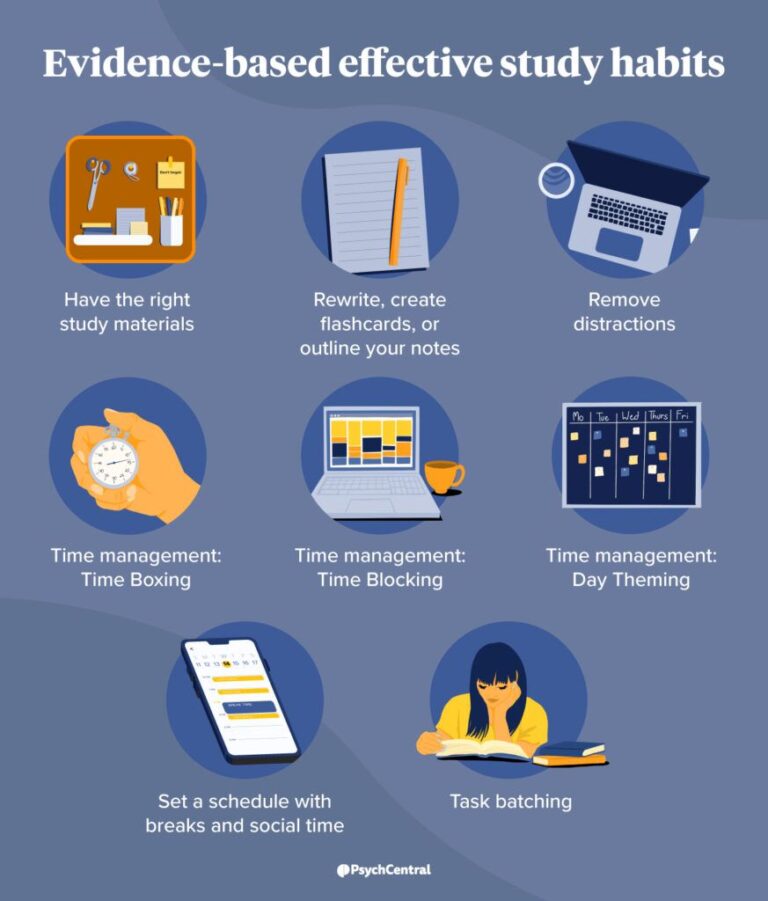Project-Based Learning in Education: A Modern Approach to Engaging Students
Project-based learning (PBL) is an educational approach that has gained significant traction in recent years. It emphasizes learning through the completion of projects that are both meaningful and practical. Unlike traditional methods that rely heavily on lectures and textbooks, PBL encourages students to engage in hands-on activities, collaborate, and solve real-world problems. This approach is not only beneficial for students’ academic development but also helps them build crucial skills such as problem-solving, creativity, and critical thinking. In this article, we explore the core aspects of project-based learning and why it is transforming education today.
Why Project-Based Learning is Reshaping Education
Project-based learning is redefining how educators approach teaching. By focusing on real-world challenges, PBL enhances student engagement and retention. Instead of passively receiving information, students actively participate in their learning process. This active involvement promotes deeper understanding and the ability to apply knowledge in practical settings. Whether in STEM fields or the arts, project-based learning provides students with opportunities to explore subjects in a way that aligns with their interests and strengths.
Key Benefits of Project-Based Learning for Students
One of the main benefits of project-based learning is that it fosters a student-centered environment. It allows learners to take ownership of their education, making it more meaningful and enjoyable. PBL also encourages critical thinking, collaboration, and communication skills that are highly valued in today’s workforce. Moreover, because projects often require real-world applications, students gain a better understanding of how their studies connect to the world outside the classroom. This hands-on approach boosts motivation and enhances learning outcomes.
How Project-Based Learning Prepares Students for the Future
Project-based learning prepares students for future careers by equipping them with skills that go beyond academic knowledge. In a PBL environment, students are often required to work in teams, tackle complex problems, and present their findings. These activities closely mirror the expectations and challenges they will face in the workforce. By engaging in real-world projects, students also develop a range of transferable skills such as teamwork, communication, and time management that will help them succeed in any profession.
Integrating Project-Based Learning into Traditional Classrooms
While project-based learning is often associated with progressive education methods, it can be successfully integrated into traditional classrooms. Educators can incorporate PBL strategies by assigning projects that align with the curriculum and encouraging collaboration among students. These projects can vary in scope and complexity, from individual assignments to group collaborations. By using project-based learning alongside conventional teaching methods, educators can create a dynamic learning environment that caters to diverse student needs and interests.
Challenges and Solutions in Project-Based Learning
Though project-based learning offers numerous benefits, it does present some challenges. For example, it requires significant time and effort to plan and execute projects. Teachers must also ensure that students remain engaged and on track throughout the project. However, with careful planning and clear guidelines, these challenges can be mitigated. Additionally, utilizing technology and digital tools can streamline project management and enhance the learning experience. By providing ongoing support and feedback, educators can ensure that project-based learning remains effective and enjoyable.
Frequently Asked Questions (FAQs)
1. What is the main difference between project-based learning and traditional teaching methods?
The main difference is that project-based learning focuses on real-world problems and student collaboration, while traditional teaching methods often involve lectures and individual work.
2. How does project-based learning improve student engagement?
Project-based learning makes education more relevant and interactive, allowing students to apply what they learn to practical scenarios, which increases their interest and motivation.
3. Can project-based learning be implemented in all subjects?
Yes, project-based learning can be applied to almost any subject, from science and technology to the arts and humanities.
4. What skills do students develop through project-based learning?
Students develop problem-solving, critical thinking, collaboration, communication, and time management skills.
5. Are there any challenges in implementing project-based learning?
Yes, challenges include the time required to plan and execute projects, keeping students engaged, and ensuring the projects align with curriculum goals. However, these challenges can be overcome with proper planning and support.

